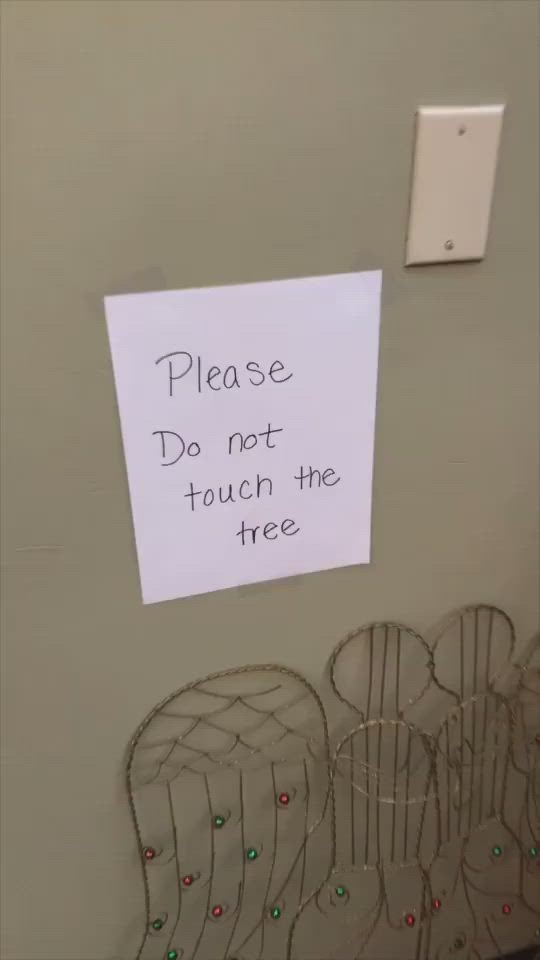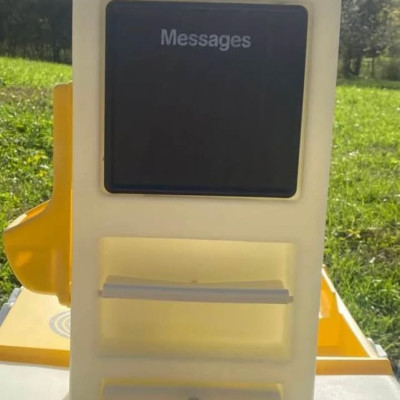The Evolution and Impact of TikTok Memes
Introduction
In the rapidly evolving landscape of social media, TikTok has emerged as a dominant force, influencing how we communicate, entertain, and express ourselves. At the heart of TikTok's influence lies its memes, which have become an integral part of the platform's culture. This article explores the phenomenon of TikTok memes, their evolution, impact, and how they reflect broader trends in digital culture.
The Birth of TikTok Memes
TikTok, initially launched as Douyin in China in 2016 and then as TikTok internationally in 2018, was designed for short-form video content. Its algorithm, which curates content based on user preferences and interactions, allowed for a rapid spread of trends and memes. TikTok memes typically involve a combination of catchy music, lip-syncing, dance challenges, and humorous skits, often based on popular audio clips or viral trends.
The platform's format encourages creativity and rapid participation. Users can remix, repurpose, and build upon existing content, leading to the creation of viral memes that spread across the globe. This participatory nature of TikTok allows memes to evolve quickly, often taking on new meanings or forms as they are shared and adapted by different users.
Key Characteristics of TikTok Memes
1. Audio Clips: Many TikTok memes revolve around specific audio clips, which can range from snippets of popular songs to viral soundbites from movies or TV shows. Users often create their own content using these audio clips, leading to the development of trends and memes that are closely tied to the audio.
2. Dance Challenges: One of the most recognizable aspects of TikTok is its dance challenges. Choreographed routines set to popular songs often become viral trends, with users around the world creating their own versions. These dance challenges can become significant cultural phenomena, with some routines gaining widespread recognition.
3. Hashtag Trends: TikTok memes often spread through hashtag trends. Users participate in these trends by creating content related to a specific hashtag, which helps to amplify the meme and increase its visibility. Hashtag challenges can quickly go viral, leading to widespread participation and creativity.
4. Humor and Relatability: TikTok memes often rely on humor and relatability. The platform's diverse user base means that memes can appeal to a wide range of audiences, and content that resonates on a personal level often has a higher chance of going viral.
Evolution of TikTok Memes
1. From Early Trends to Mainstream Hits: In the early days of TikTok, memes were largely centered around niche trends and subcultures. As the platform grew, however, memes began to cross over into mainstream culture. Popular TikTok memes have been referenced in traditional media, advertising, and even other social media platforms.
2. Globalization of Memes: TikTok's global reach has led to the globalization of memes. Trends that start in one country can quickly spread to others, creating a cross-cultural exchange of content. This has resulted in a more diverse range of memes, as different cultures and languages contribute to the platform's content.
3. Evolution of Formats: The format of TikTok memes has also evolved. Early memes were often simple, with minimal editing. As the platform has matured, users have developed more sophisticated editing techniques, leading to more polished and elaborate memes.
Impact of TikTok Memes
1. Cultural Influence: TikTok memes have had a significant impact on popular culture. They influence music charts, fashion trends, and even political discourse. Memes can shape public perception and create viral moments that resonate with audiences worldwide.
2. Marketing and Advertising: Brands have recognized the power of TikTok memes and have increasingly incorporated them into their marketing strategies. Meme-driven campaigns can achieve widespread visibility and engagement, as they tap into the platform's viral nature and user creativity.
3. Social and Political Commentary: TikTok memes can also serve as a form of social and political commentary. Users often use memes to address current events, social issues, and cultural phenomena. This can lead to increased awareness and discussion around important topics.
4. Community and Identity: TikTok memes help to create a sense of community and identity among users. Participating in meme trends can foster a sense of belonging and connection, as users share in the experience of creating and enjoying content together.
Challenges and Criticisms
1. Oversaturation and Trend Fatigue: The rapid pace of meme creation on TikTok can lead to oversaturation and trend fatigue. Popular memes can quickly become overused, leading to a decrease in their novelty and impact.
2. Copyright and Originality: The use of audio clips and other copyrighted material in TikTok memes has raised concerns about intellectual property rights. Issues of originality and copyright infringement can arise when users repurpose content created by others.
3. Misinformation and Harmful Content: As with other social media platforms, TikTok is not immune to the spread of misinformation and harmful content. Memes can sometimes be used to propagate false information or perpetuate negative stereotypes.
Conclusion
TikTok memes represent a dynamic and influential aspect of digital culture. Their evolution reflects the broader trends in social media, including the rise of user-generated content, the globalization of trends, and the impact of digital platforms on everyday life. As TikTok continues to grow and evolve, so too will its memes, shaping and reflecting the culture of our times. Understanding the significance of TikTok memes provides valuable insights into the ways in which we communicate, entertain, and connect in the digital age.






